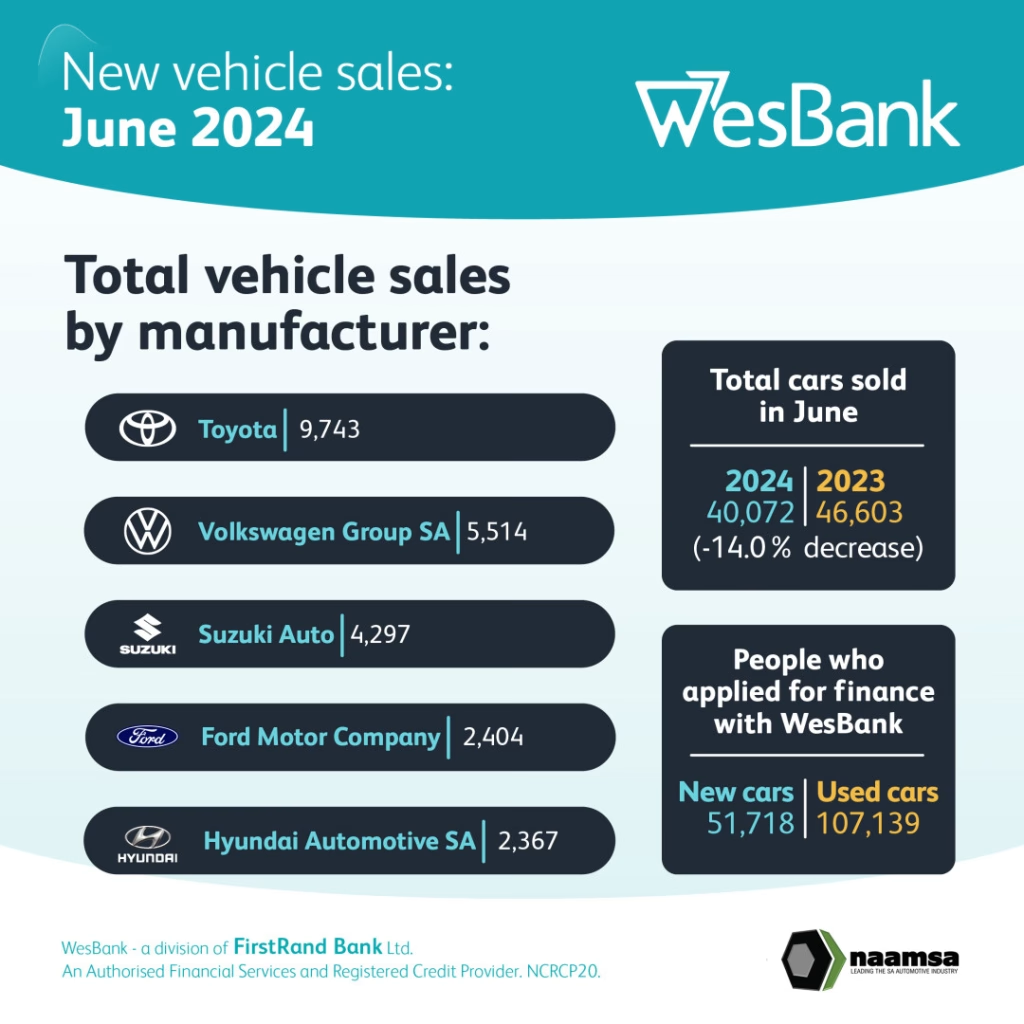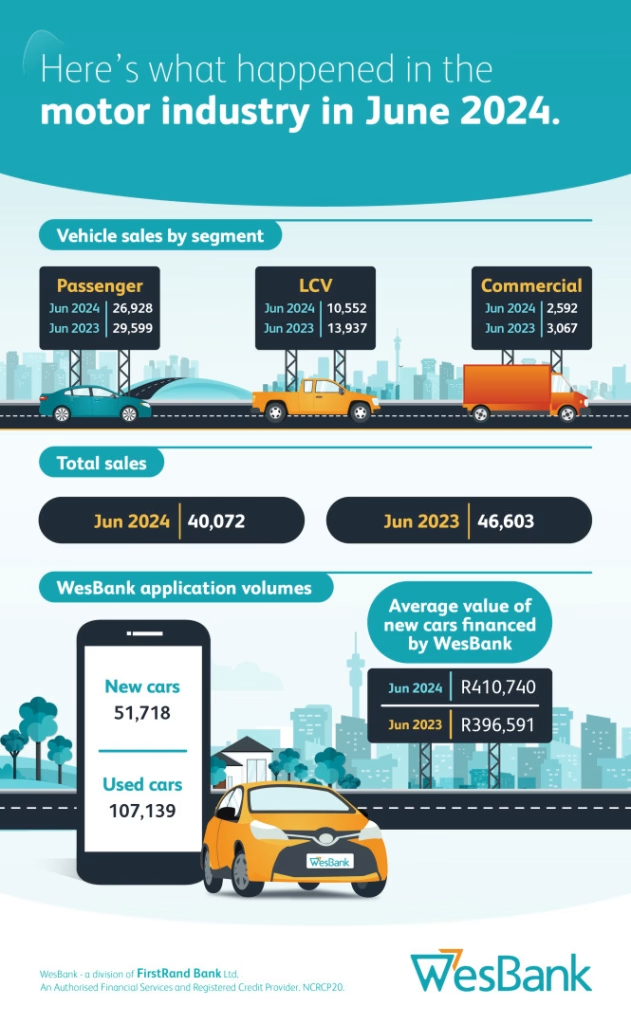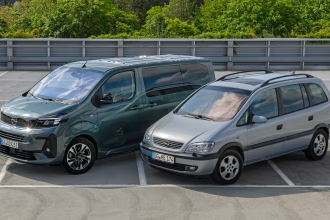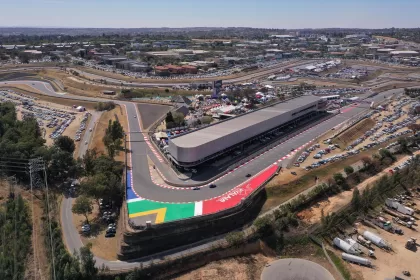With yet another year-on-year decline in new vehicle sales, leading vehicle and asset finance house, WesBank, says affordability is the biggest factor limiting growth.
This view is supported by the TransUnion SA Vehicle Pricing Index that showed that new vehicle prices rose 4,7% for the first quarter of 2024 compared to last year. The marginal increase in the average loan amount is evidence that many households are opting for one multi-purpose vehicle rather than maintaining multiple vehicles.

WesBank’s own data shows the average loan amount on a new vehicle increasing 3,5% during June; the average deal duration increasing 3,8% to over 51 months; and the average contract period also now over 73 months compared to a year ago.
“These are all signs of affordability challenges that either indicate that consumers are holding onto their existing vehicles for longer or that they are forced to lower instalments by extending the loan period,” says Lebo Gaoaketse, Head of Marketing and Communication at WesBank.
One of the primary factors impacting debt remains high interest rates, with relief only expected during the second half of the year.

Consider June’s average loan value at WesBank of R410,000. Over 72 months at the prime lending rate (11,75%) the instalment is an estimated R8,054.83. An indebted customer who had financed the same value vehicle in 2020 linked to a prime rate of 7% would be paying R1,015.81 more per month today, which, at current interest rates, equates to about R75,730.32 more for the same car over the same contract period.
“Layer in the other inflationary costs of living to that consumer and you can imagine the pressure on household budgets,” says Gaoaketse. “Those with an option to delay a purchase decision or opt for alternative mobility solutions, including e-hailing, sharing, or the pre-owned market, are voting with their feet and exiting the new vehicle market.
“Until we see some relief in interest rates to start combatting affordability, new vehicle sales will continue to remain under pressure.”
Figures released by naamsa | the Automotive Business Council showed the South African new vehicle market continue its contraction, with sales down 14% year-on-year to 40,072. Although the year-on-year comparison is depressed, the industry will take some solace in the 8% (2,967 units) increase in volumes compared to the previous month.
Passenger cars declined 9% to 26,928 units while Light Commercial Vehicles were down 24,3% at 10,552 vehicles.
The result of five out of six months of significant market decline has meant that first half sales look consequently bleak. Year-to-date, new vehicle sales have declined 7,4% to 246,052 units, leaving a possibility of the market failing to reach 500,000 units this year.
“Vehicle price inflation, high interest rates, and the general rising costs of living are all impacting the ability of new car buyers to enter or stay in the market,” says Gaoaketse. “Until there is some relief in interest rates, greater incentive deals from manufacturers, or a significant shift in general inflation or earnings, the new vehicle market will continue to remain under pressure.”














